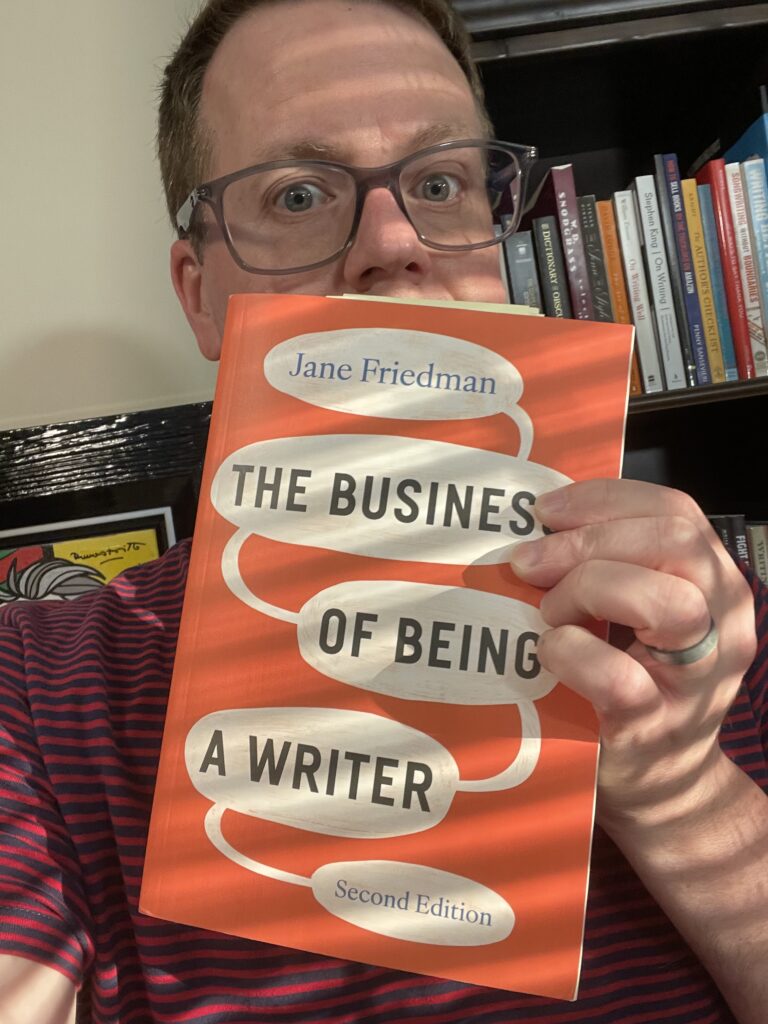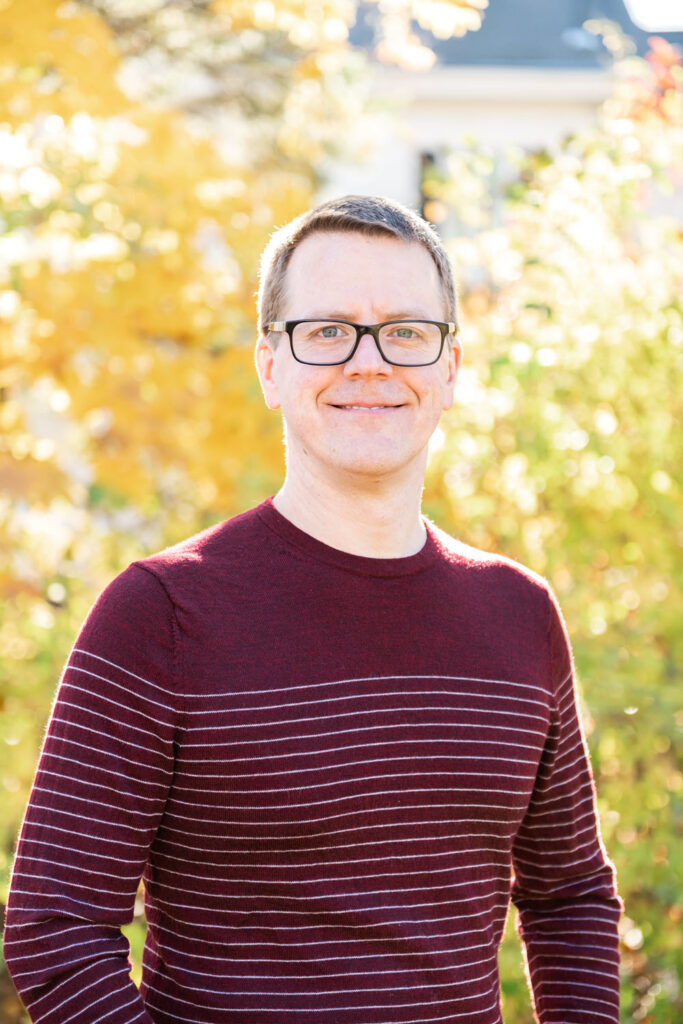Confession: I love em-dashes
Because generative AI engines like ChatGPT use them a lot, some writers are starting to reconsider their use of em-dashes (which are so named because they’re the width of a capital M). I get it. No one wants to be accused of using genAI when they didn’t.
But the fact that genAI produces copy with a healthy number of em-dashes only means that em-dashes are well-represented in their training material, and are therefore a staple of good writing. Cutting the versatile em-dash from your writing will only leave it worse off.
For what it’s worth, I use them all the time in my business writing. Heck, there are five in my latest article for CMSWire. And in the draft of book 1 of my sci-fi trilogy, I have more than 600 em-dashes. That comes out to one about every 150 words on average.
That may sound like a lot, but I use them …
- When a character’s speech is interrupted—by another character, a door slamming, or an explosion
- When a character stutters when they’re flustered (e.g., “I— I think”)
- For labored speech, like when they’re out of breath
- When a character’s thoughts are labored and fractured, like before they pass out
- To offset a clause more emphatically than a comma can
- For asides in speech, instead of using parentheses
- Before a list, instead of using colon
Beyond that, they’re just a fantastic tool for controlling the rhythm of a sentence. So, no matter what genAI spits out, I’m going to keep using em-dashes. And for the record, I’m going to keep using periods and commas, too, even though those are also suspiciously common in genAI copy.

To receive future posts or to become a Patron and support my dystopian sci-fi novel and get special thank-you goodies upon its publication, subscribe on Substack →






